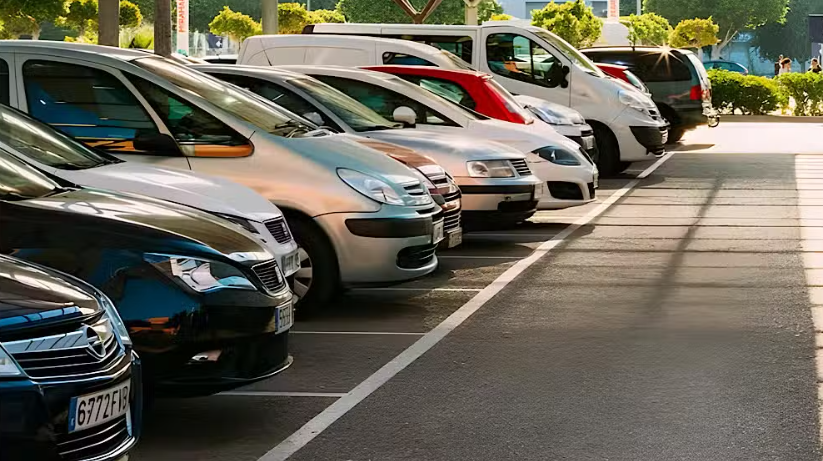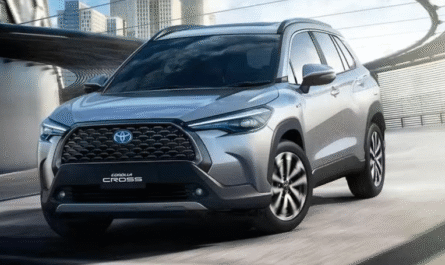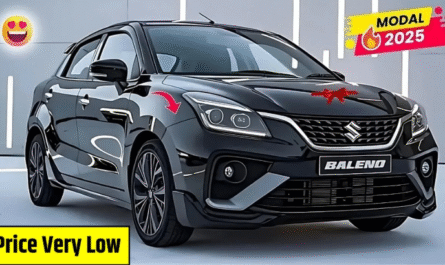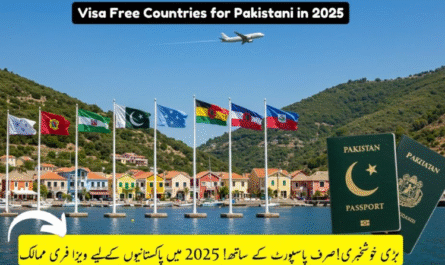In a surprising turn of events, Pakistan’s auto industry is witnessing an unusual—and troubling—trend: small, budget-friendly cars are becoming increasingly unaffordable, while luxury and high-end vehicles are benefiting from lower duties and taxes.
This imbalance has prompted the government to reconsider its auto policy, as directed by various economic advisors and stakeholders, including members of the Public Accounts Committee (PAC) and representatives from the Ministry of Industries and Production.
📉 What’s Going Wrong?
Over the last few years, Pakistan’s Auto Development Policy (ADP) aimed to boost local manufacturing, attract investment, and bring down car prices. However, the opposite has happened, especially for low-income consumers.
Key observations:
- 800cc–1300cc small cars—like Suzuki Alto, Cultus, and Wagon R—have seen price hikes of up to 200% since 2019.
- On the other hand, luxury cars and SUVs, often imported or assembled under special duty relaxations, have become relatively cheaper due to incentives for hybrid and electric vehicles (EVs).
🧾 Factors Fueling the Crisis
- Currency devaluation: The weakening rupee has increased the cost of imported parts, heavily impacting budget cars made with high localization.
- Tax anomalies: High sales tax, FED, and registration costs disproportionately affect cheaper vehicles, while luxury hybrids benefit from EV incentives.
- Lack of local competition: Few automakers dominate the low-cost segment, limiting pricing pressure.
- Regressive tax structure: Flat rate duties and charges result in higher relative costs for cheaper vehicles.
💬 Govt & Stakeholder Response
The Public Accounts Committee and various economic think tanks have voiced concern that auto policies are rewarding the elite while punishing the average citizen.
A PAC member recently stated:
“This policy was meant to help middle-class families afford decent transport. But in reality, a salaried person can no longer even dream of buying a small hatchback.”
As a result, the Industries Ministry has been tasked with revising the auto policy, especially its duty, tax, and incentive structure.
Govt Ordered to Revisit Auto Policy As Small Cars Are Becoming More Expensive, Luxury Cars Cheaper.
🚦 What Could Change?
Here are a few expected policy reforms under consideration:
| Proposal | Objective |
|---|---|
| ✅ Lower FED & Sales Tax on <1300cc cars | Boost affordability for middle class |
| 🚫 Remove loopholes benefiting luxury hybrid SUVs | Restore balance in pricing |
| ⚙️ Encourage true localization | Reduce reliance on imports to control prices |
| 💸 Penalize under-invoicing | Ensure luxury imports are fairly taxed |
| 📉 Implement tiered tax slabs | Adjust taxes progressively by engine size and value |
🛠️ Industry Pushback
Automakers argue that inflation, supply chain disruption, and regulatory uncertainty are also key drivers of rising costs. However, analysts say these issues do not justify the steep and widening price gap between entry-level and premium vehicles.
📊 Current Price Comparison (2025 Estimates)
| Model | Type | Approx. Price (PKR) |
|---|---|---|
| Suzuki Alto VX (660cc) | Small Hatchback | ₨ 2.5 – 2.8 million |
| Toyota Corolla (1.6) | Mid Sedan | ₨ 6.0 – 6.5 million |
| Haval H6 Hybrid | Luxury SUV | ₨ 9.0 – 9.5 million (with EV duty benefits) |
| MG HS PHEV | SUV Hybrid | ₨ 8.3 – 8.7 million |
The cost gap no longer reflects income segments, making small cars disproportionately expensive for working families.



